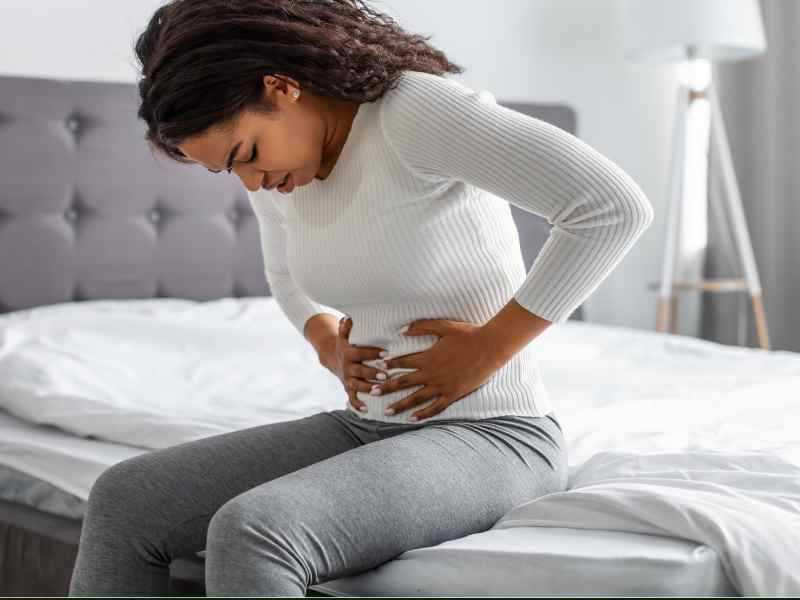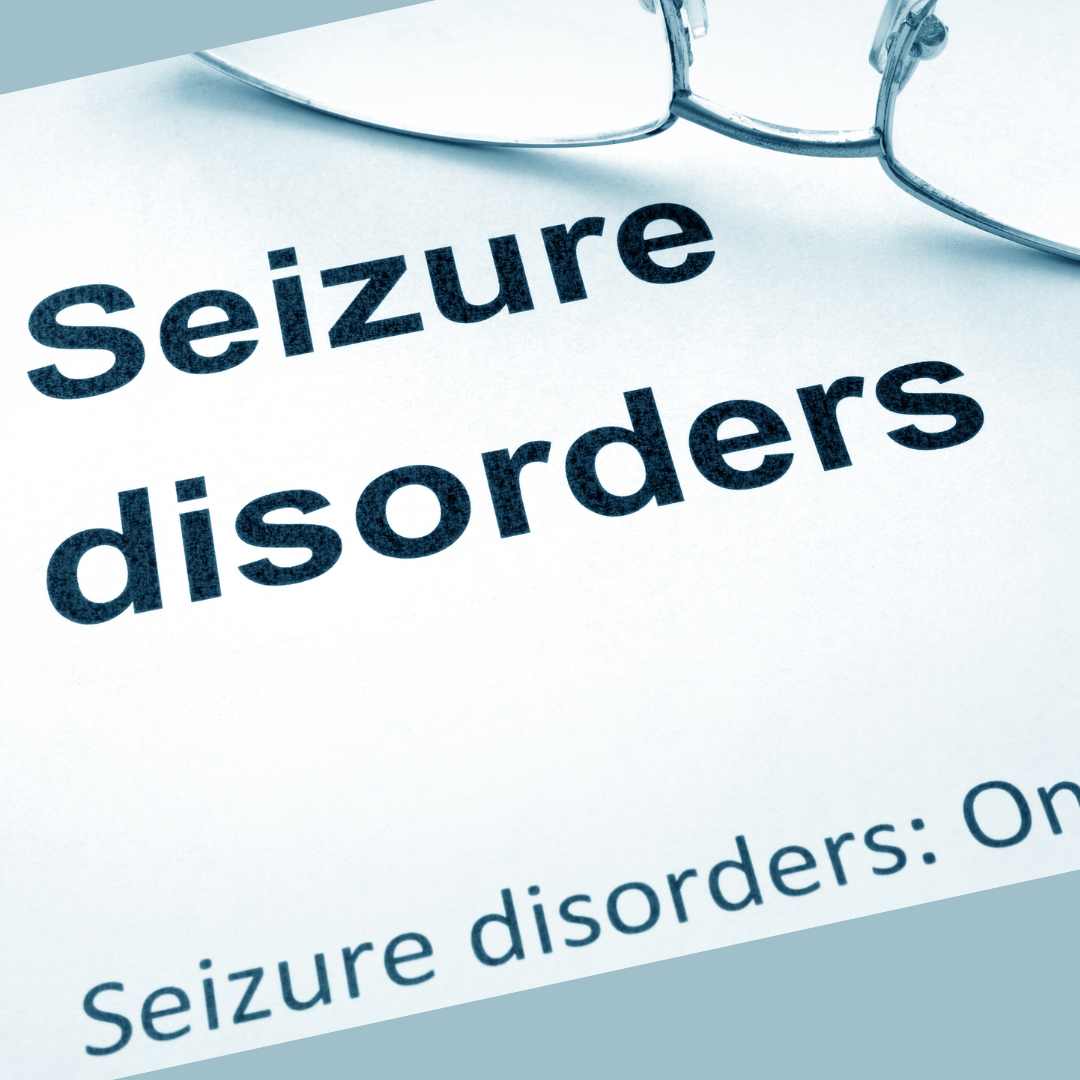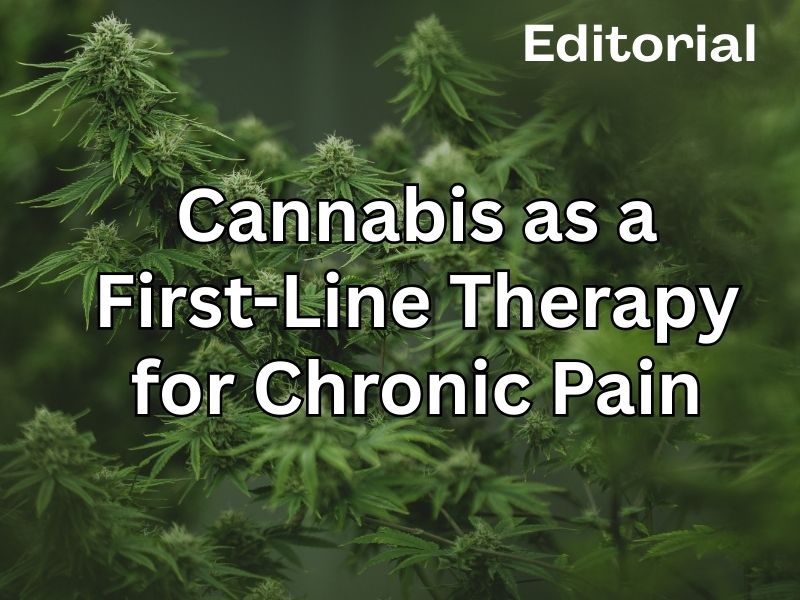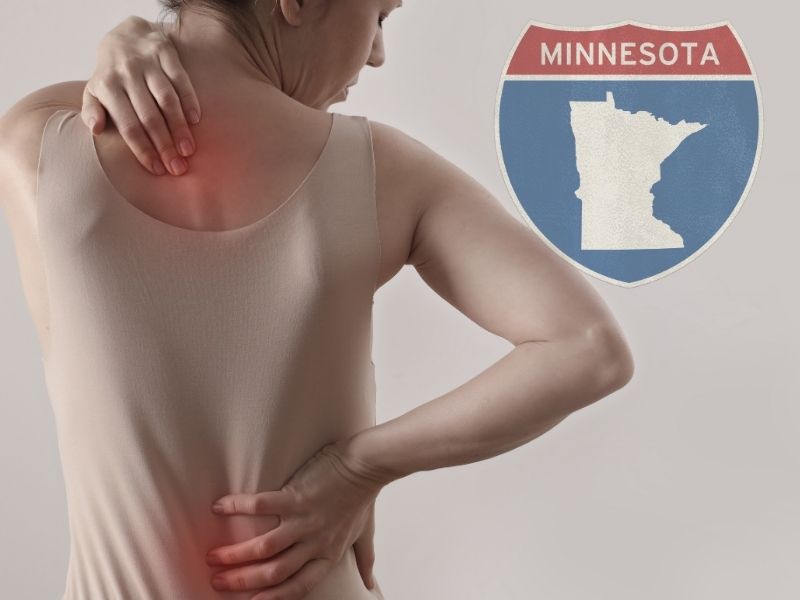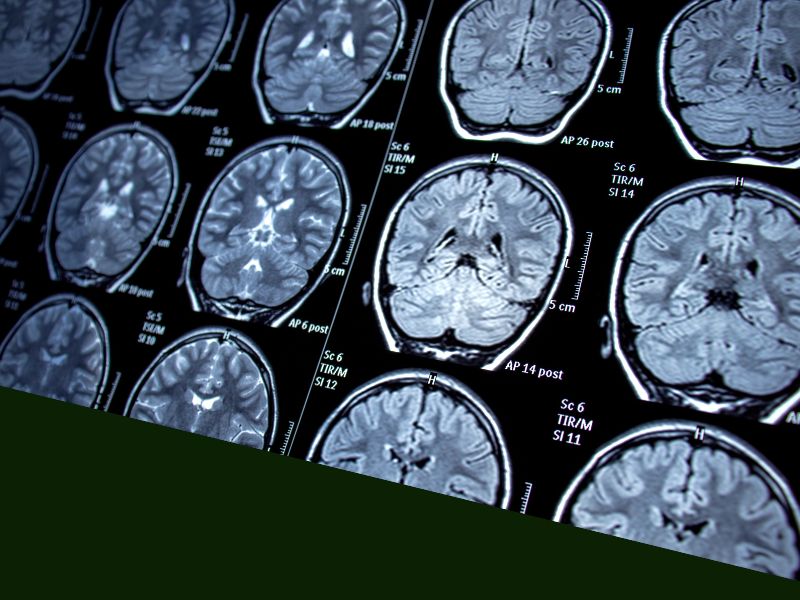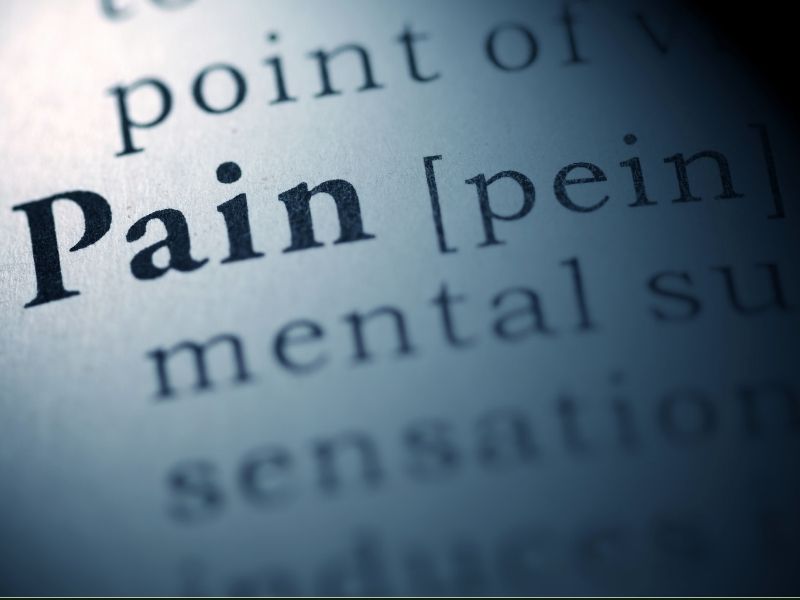The use of cannabis for endometriosis is gaining attention as a promising and effective alternative to traditional medications. According to a global survey involving nearly 900 patients, a majority—78 percent—reported cannabis worked better than prescription drugs at relieving their symptoms. Additionally, patients found that cannabis posed fewer and less severe side effects compared to pharmaceutical medications, highlighting its potential for safer, long-term symptom management.
Endometriosis, a painful condition where tissue similar to the lining of the uterus grows elsewhere, can severely impact quality of life. Conventional treatments, such as hormone therapies and painkillers, often come with significant side effects and sometimes fail to adequately control pain. The survey showed that nearly 70 percent of patients initially turned to cannabis specifically because other medications provided insufficient pain relief.
Interestingly, the positive experiences with cannabis use were consistent across many different countries. However, more than half of respondents reported obtaining cannabis illegally, even in regions where medical cannabis is available. High costs, stigma, and legal concerns were significant barriers to accessing cannabis through medical channels, prompting patients to turn to illicit sources despite safety concerns.
Patients frequently cited worries about addiction and dependence as reasons for preferring cannabis over prescription drugs. Opioids, often prescribed for severe endometriosis pain, carry serious risks of dependency and overdose. Cannabis, on the other hand, has demonstrated fewer risks associated with addiction, offering patients a safer long-term option.
Beyond pain relief, cannabis users reported benefits in managing other symptoms of endometriosis, such as inflammation and nausea. This aligns with previous scientific studies suggesting cannabis effectively reduces inflammation, an underlying contributor to endometriosis pain. Research has also demonstrated that THC and CBD, the main compounds in cannabis, can help with chronic pelvic pain conditions.

Despite these benefits, stigma and fear remain significant hurdles. The survey highlighted concerns around societal judgment, workplace drug testing, and legal repercussions. Approximately 30 percent of respondents admitted they had not informed their doctors about cannabis use, largely because of these fears. This lack of disclosure can pose health risks, emphasizing the need for better education and open conversations between doctors and patients.
Other recent research supports these findings, indicating that cannabis effectively manages endometriosis-related pain. For example, a study published in the journal Archives of Gynecology and Obstetrics showed nearly one in five endometriosis patients already use cannabis to manage their symptoms. Such evidence underscores the growing consensus that cannabis can significantly improve the lives of those struggling with chronic pain conditions.
In conclusion, cannabis emerges as a promising solution for endometriosis pain, offering significant relief with fewer risks compared to conventional treatments. While more research is needed to fully establish dosage guidelines and long-term safety, current evidence strongly supports cannabis as a valuable therapeutic option. Addressing legal, cost, and stigma-related barriers is critical to ensuring safe and equitable access for patients worldwide.



